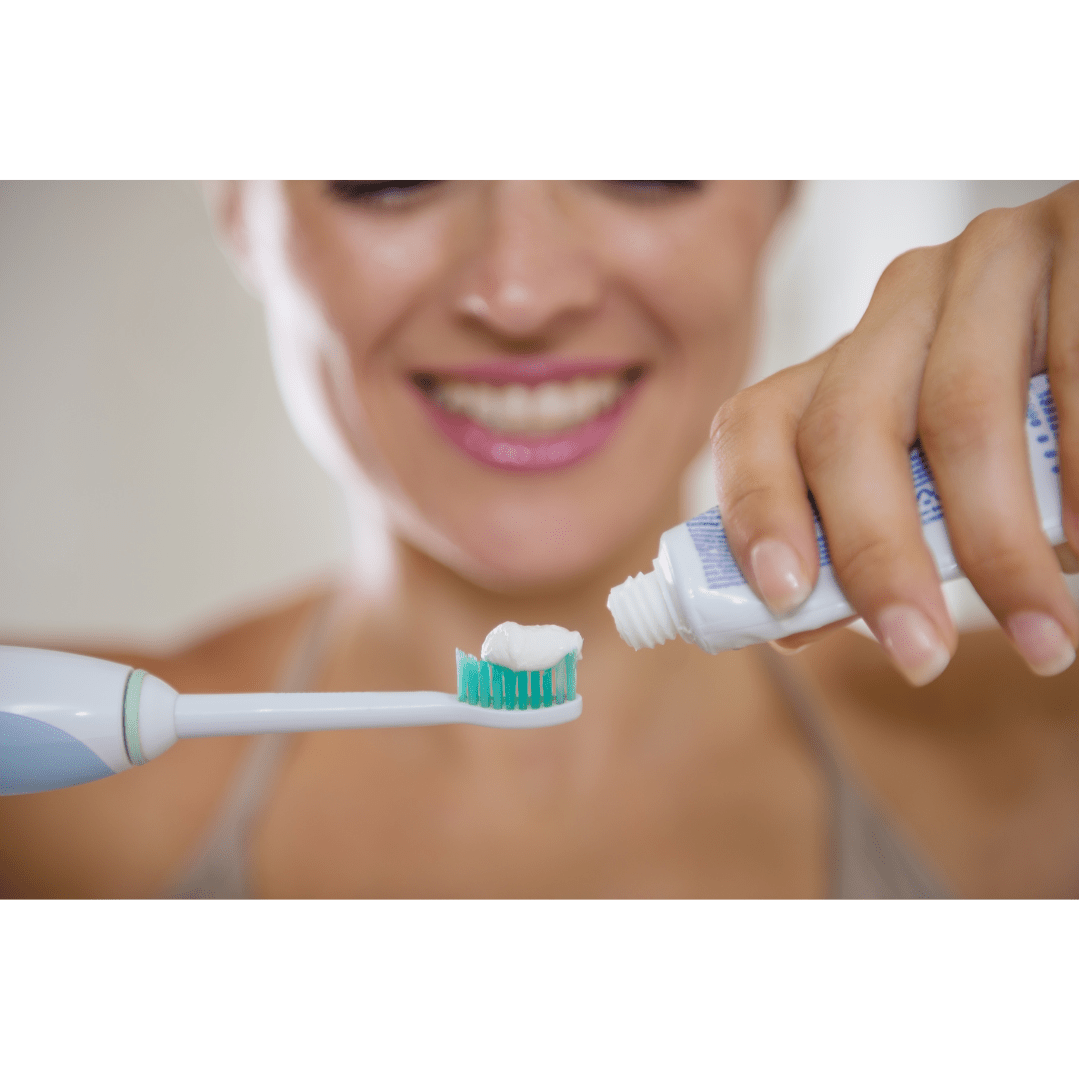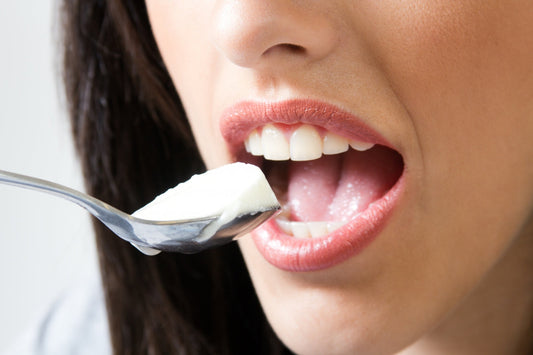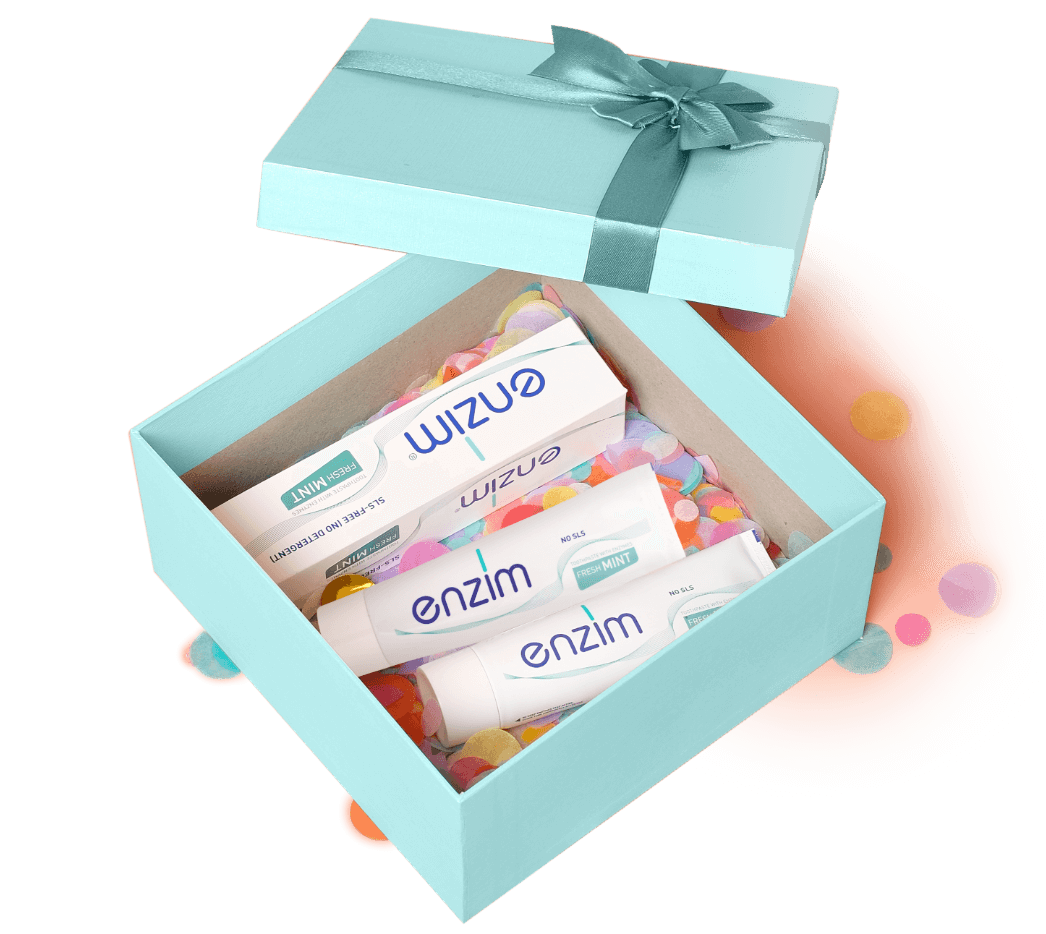How to Use Toothpaste for Receding Gums Effectively

How to Use Toothpaste for Receding Gums Effectively - Enzim Singapore
Receding gums, where the gum tissue pulls back from the teeth, exposing the tooth roots, is a common issue that affects many people. This condition can lead to tooth sensitivity, discomfort, and increased vulnerability to tooth decay. While using the right toothpaste is essential in managing receding gums, it is equally important to understand how to use it effectively to achieve the best results.
In this article, we’ll guide you on how to use toothpaste for receding gums in the most effective way, ensuring that your oral health routine supports the prevention of further gum recession and promotes overall gum health.
1. Choose the Right Toothpaste for Receding Gums
The first step in addressing receding gums effectively is choosing the right toothpaste. For receding gums, look for toothpastes specifically designed to promote gum health, reduce inflammation, and minimize tooth sensitivity. Some key ingredients to look for include:
- Fluoride: Helps remineralize the enamel and protect exposed tooth roots.
- Potassium Nitrate: Calms nerve endings to alleviate sensitivity caused by exposed roots.
- Zinc Citrate: Reduces plaque buildup and controls bacteria to prevent gum disease.
- Aloe Vera: Soothes irritated gums and reduces inflammation.
- Tea Tree Oil: Has antibacterial properties that help control plaque and fight gum infection.
Brands like Sensodyne Pronamel, Parodontax, Crest Gum Detoxify, and Colgate Total Gum Health offer formulations that target receding gums specifically. Always choose a toothpaste that suits your needs and offers gentle protection for sensitive gums.
2. Brush Gently and Properly
One of the most important aspects of caring for receding gums is brushing technique. Brushing too hard can further irritate the gums, causing more damage and potentially accelerating the recession. To effectively use toothpaste for receding gums:
-
Use a Soft-Bristled Toothbrush: Choose a toothbrush with soft bristles to avoid damaging sensitive gums. Hard or medium bristles can cause abrasion, leading to more gum wear over time.
-
Brush with Gentle Strokes: Use gentle, circular motions to brush your teeth and gums. Avoid pressing too hard. Over-brushing can irritate the gums and contribute to gum recession.
-
Brush for Two Minutes: Ensure you spend at least two minutes brushing each time, covering all surfaces of your teeth, including the gum line. Brushing for the full duration ensures that your gums receive the necessary care and that plaque is adequately removed from the gum line.
3. Focus on the Gum Line
When brushing with toothpaste for receding gums, it is especially important to pay attention to the gum line. The gum line is where most plaque and bacteria accumulate, and if left untreated, this can exacerbate gum recession. Here’s how to target the gum line effectively:
-
Angle the Toothbrush Properly: Hold your toothbrush at a 45-degree angle towards the gum line. This angle helps remove plaque and bacteria along the edges where your teeth and gums meet.
-
Massage the Gums: Use gentle circular motions at the gum line to massage your gums while brushing. This helps stimulate blood flow and supports the health of the gum tissue.
-
Use Toothpaste with Anti-Inflammatory Ingredients: Toothpaste containing ingredients like aloe vera or green tea extract can soothe irritated gums and reduce inflammation along the gum line, promoting healing.
4. Floss Regularly to Complement Toothpaste Use
Brushing with toothpaste is essential, but flossing plays a vital role in maintaining healthy gums and preventing further recession. Flossing removes plaque and food particles from between your teeth and along the gum line, where a toothbrush may not reach.
For effective flossing:
-
Floss Once a Day: Aim to floss gently between your teeth and along the gum line once a day. Be careful not to snap the floss into your gums, as this can cause irritation.
-
Use Proper Technique: Wrap the floss around each tooth in a "C" shape and slide it gently beneath the gum line. This removes debris and prevents plaque buildup, which can contribute to gum disease and recession.
5. Use an Antibacterial Mouthwash
In addition to toothpaste and flossing, using an antibacterial mouthwash can further help prevent plaque and bacteria buildup, which are significant contributors to receding gums. Mouthwash with ingredients like chlorhexidine or essential oils (e.g., tea tree oil or eucalyptus) can reduce harmful bacteria, promote gum health, and freshen your breath.
-
Choose Alcohol-Free Mouthwash: Alcohol can be drying and irritating to sensitive gums. Opt for alcohol-free mouthwash to ensure you don’t further irritate your gums.
-
Rinse After Brushing: Rinse with mouthwash after brushing and flossing to help kill remaining bacteria and maintain gum health.
6. Be Consistent with Your Oral Hygiene Routine
To see the best results with toothpaste for receding gums, consistency is key. Establish a regular oral hygiene routine that includes:
-
Brushing Twice a Day: Brush your teeth in the morning and before bed to remove plaque and food particles. Never skip brushing at night to prevent plaque buildup while you sleep.
-
Flossing Daily: Make flossing a part of your daily routine to ensure plaque is removed from between your teeth and along your gum line.
-
Regular Dental Visits: In addition to using toothpaste for receding gums, make sure you visit your dentist regularly for checkups and professional cleanings. Your dentist can monitor the condition of your gums and provide guidance on how to best manage receding gums.
7. Consider Toothpaste for Sensitive Teeth
If you experience discomfort or sensitivity due to receding gums, consider using toothpaste specifically formulated for sensitive teeth. These toothpastes contain ingredients like potassium nitrate, which helps calm the nerve endings in exposed tooth roots, providing relief from discomfort.
Toothpaste for sensitive teeth can help you maintain good oral hygiene without aggravating your gums. Look for formulas designed for both gum health and tooth sensitivity to maximize the benefits.
8. Avoid Harsh Foods and Habits
While toothpaste plays a crucial role, your overall oral care habits also impact the health of your gums. Avoid overly acidic, sugary, or sticky foods that can promote plaque buildup and worsen gum recession. Additionally, be mindful of habits such as teeth grinding or aggressive brushing, which can contribute to gum damage.
Conclusion
Using toothpaste for receding gums can significantly help in managing the condition and preventing further damage, but it’s important to use the toothpaste effectively in conjunction with good oral hygiene practices. Choose the right toothpaste with ingredients that target gum health, brush gently with the proper technique, floss daily, and use mouthwash to support your efforts.
By being consistent and mindful of your oral care routine, you can reduce discomfort, protect your gums, and slow the progression of gum recession. Remember, it’s always a good idea to consult your dentist for personalized recommendations, especially if you're experiencing significant gum recession or discomfort.



